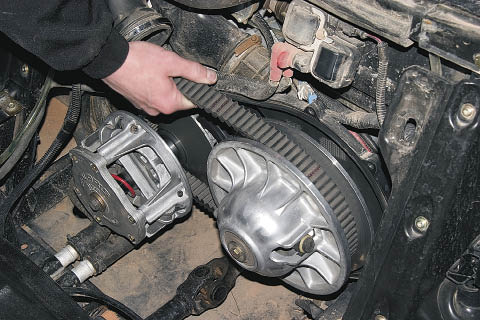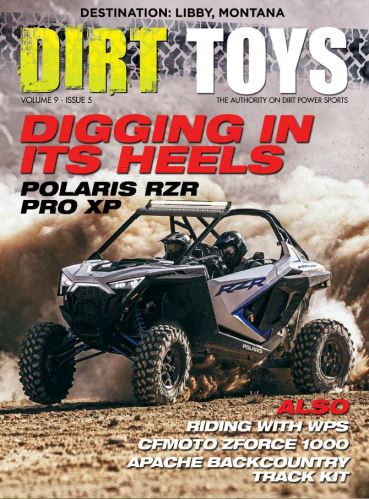Secondary Spring
The secondary spring is identified just like the primary spring. It is color coded and measured in psi but performs a little bit different function when compared to the primary spring. Because the secondary does not have weights, something has to put side pressure on the clutch sheaves so they will grip the belt as well as prevent the clutch from opening too fast. The stiffer the spring, the slower the clutch can open and the more pressure will be applied from the sheave to the belt. If the secondary spring is too soft, or the helix angle is too steep for how much spring rate you have, it may result in belt slippage, causing an increase in heat and wear on the belt and clutches. Excessive heat is bad and needs to be addressed.
Helix
The helix helps apply pressure to the belt by providing resistance to the shift. It uses fingers that ride on the roller and are cut to a specific angle. The angle is measured in degrees and most are cut with multiple angles strategically spaced out to create different loads at different parts of the shift curve.
 For example, a typical helix would have numbers like 70-53.33 with the first two numbers representing the two angles that have been cut into the helix and last number representing the duration or physical cut length of the first angle in inches. The helix starts its shift curve cut to a 70-degree angle and as the RZR begins to speed up the helix cut will stay at 70 degrees for .33 inches or 1/3 of an inch. At this point the angle will change to the 53-degree and the cut will stay at that angle for the final duration of the cut. There are also some helixes that only have one angle so the cut is the same from start to finish.
For example, a typical helix would have numbers like 70-53.33 with the first two numbers representing the two angles that have been cut into the helix and last number representing the duration or physical cut length of the first angle in inches. The helix starts its shift curve cut to a 70-degree angle and as the RZR begins to speed up the helix cut will stay at 70 degrees for .33 inches or 1/3 of an inch. At this point the angle will change to the 53-degree and the cut will stay at that angle for the final duration of the cut. There are also some helixes that only have one angle so the cut is the same from start to finish.
The load and pressure on the belt can be adjusted by using helixes with more aggressive or less aggressive angles. The steeper the angle, the faster and more aggressive the clutch will try to shift as long as the motor has the power to support it. If you get overly aggressive with angle and don't use a stiff enough spring, the spring will not be able to hold enough pressure on the belt and the belt will try to slip.
Tools

